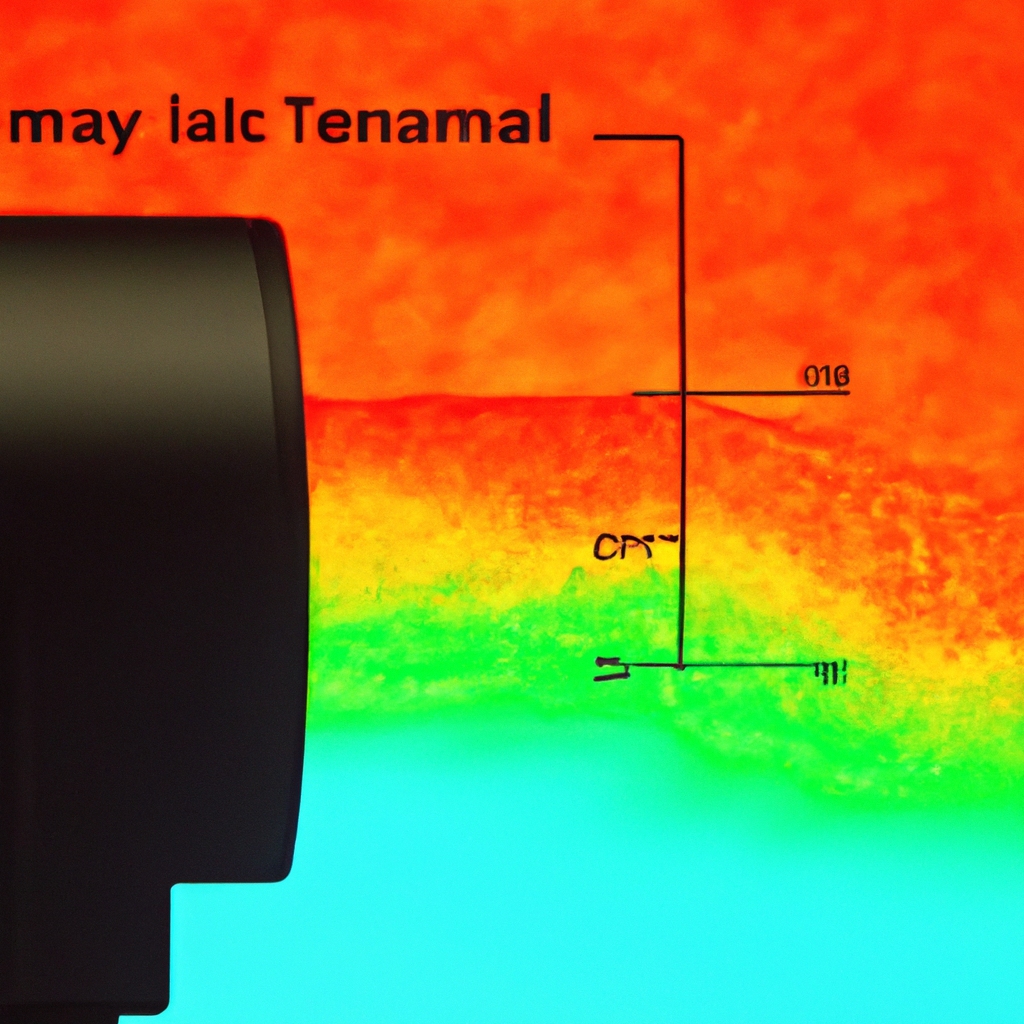Thermal cameras are devices that are designed to detect and capture infrared radiation, which is emitted by objects that radiate heat. Thermal cameras are used in a variety of applications, including industrial, medical, and security. They are particularly useful in situations where temperature measurement is critical, such as in the detection of hot spots in electrical systems or in the diagnosis of medical conditions. In this article, we will explore the technology behind thermal cameras and how they work.
Thermal Imaging Technology

Thermal imaging technology is based on the principle that all objects emit infrared radiation, which is invisible to the human eye. Thermal cameras detect this radiation and convert it into an image that can be seen by the user. The technology used in thermal cameras is called thermography, which is the science of measuring temperature using infrared radiation.
How does a Thermal Camera Work?
A thermal camera works by using a special lens that focuses the infrared radiation onto a detector array. The detector array is made up of thousands of tiny sensors that are sensitive to infrared radiation. The sensors detect the temperature of each point in the image and convert it into an electrical signal. The signals are then processed by the camera’s software to create a thermal image.
Temperature Measurement
The temperature of an object is determined by the amount of infrared radiation it emits. The hotter an object is, the more radiation it emits. Thermal cameras are able to accurately measure the temperature of objects by detecting the amount of radiation they emit. The temperature of each point in the image is represented by a different color. The colors typically range from blue for the coldest areas, to red for the hottest areas.
Applications of Thermal Cameras
Thermal cameras are used in a variety of applications, including:
- Industrial – to detect hot spots in electrical systems, to monitor the temperature of industrial processes, and to detect leaks in pipes
- Medical – to diagnose medical conditions, such as breast cancer, by detecting changes in the temperature of the skin
- Security – to detect intruders in the dark by detecting their body heat
Advantages of Thermal Cameras
There are several advantages to using thermal cameras, including:
- They can detect temperature differences as small as 0.1°C
- They can see through smoke, fog, and other obstacles that would obscure the view of a traditional camera
- They are non-contact, so they can be used to measure the temperature of objects that are too hot to touch
Limitations of Thermal Cameras
While thermal cameras have many advantages, they also have some limitations, including:
- They are expensive compared to traditional cameras
- They are not able to detect colors or textures, so it can be difficult to identify objects in the image
- They are not able to see through solid objects, such as walls or doors
Conclusion
In conclusion, thermal cameras are powerful tools that are used in a variety of applications. Their ability to detect infrared radiation and accurately measure temperature make them valuable in situations where traditional cameras would not be effective. While they do have some limitations, the advantages of thermal cameras make them an important technology in many industries.






